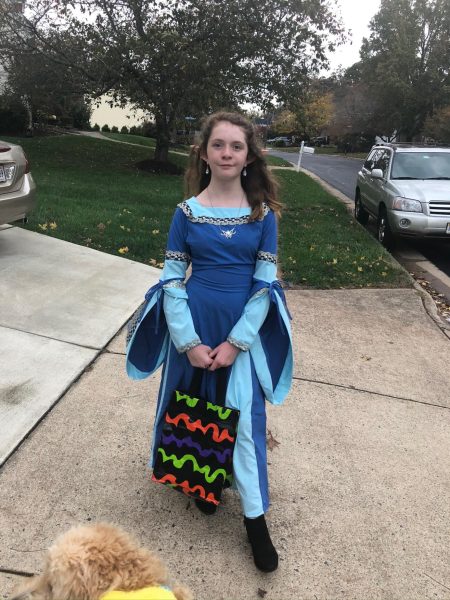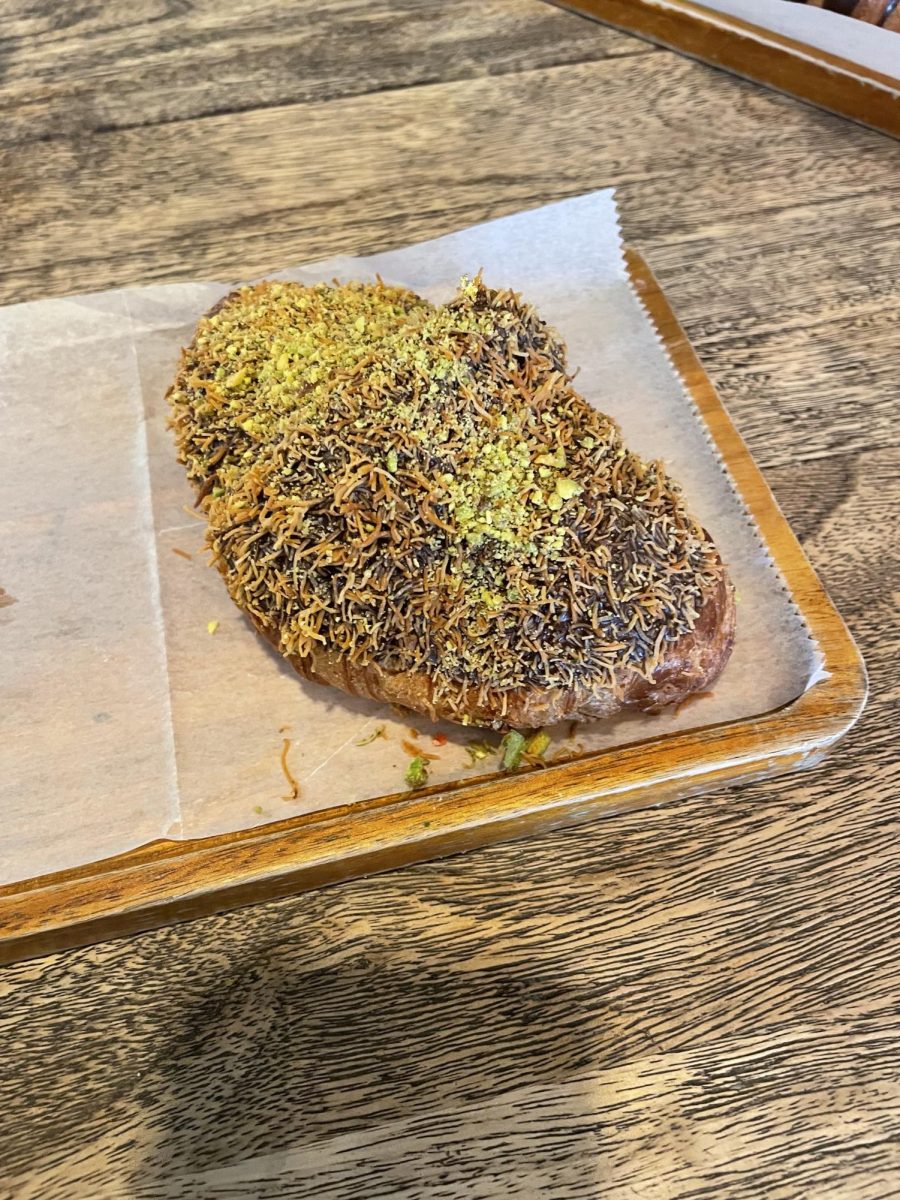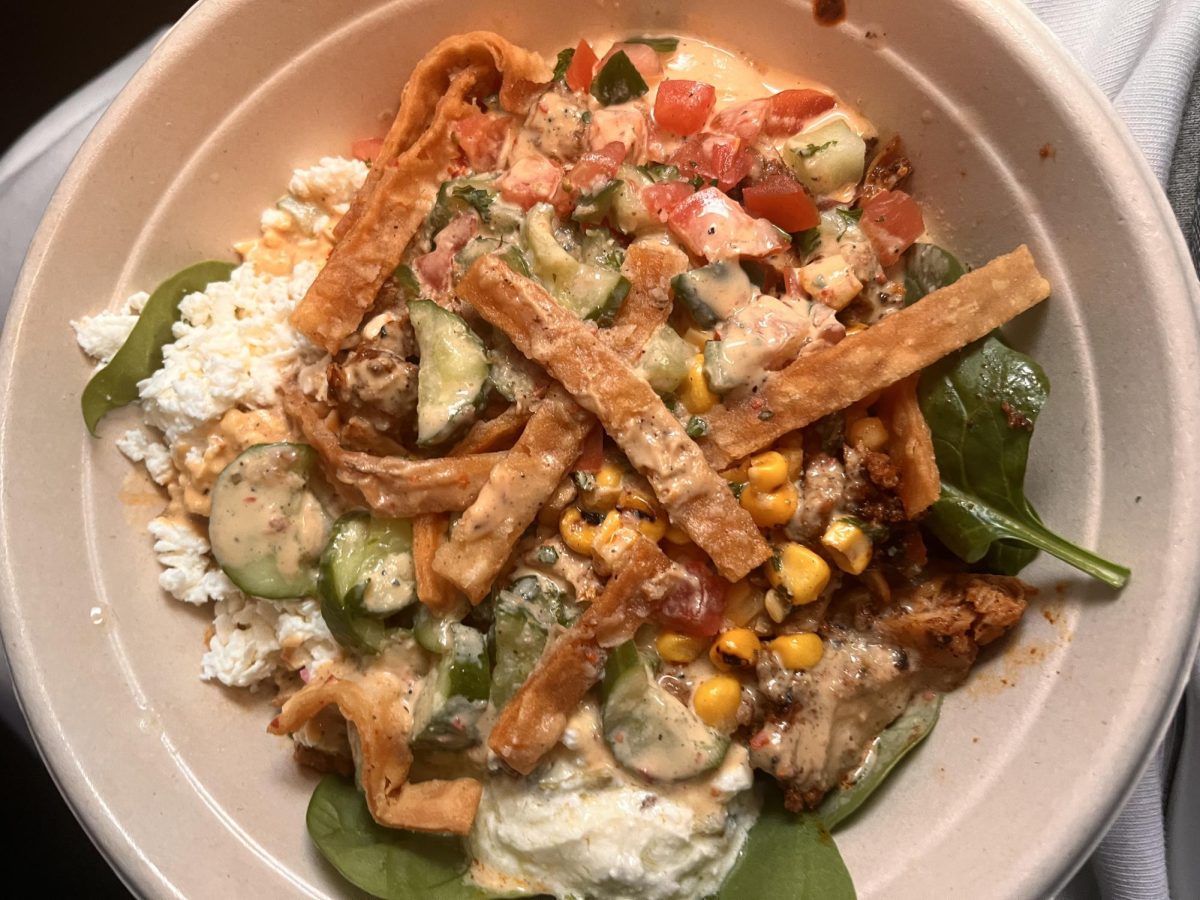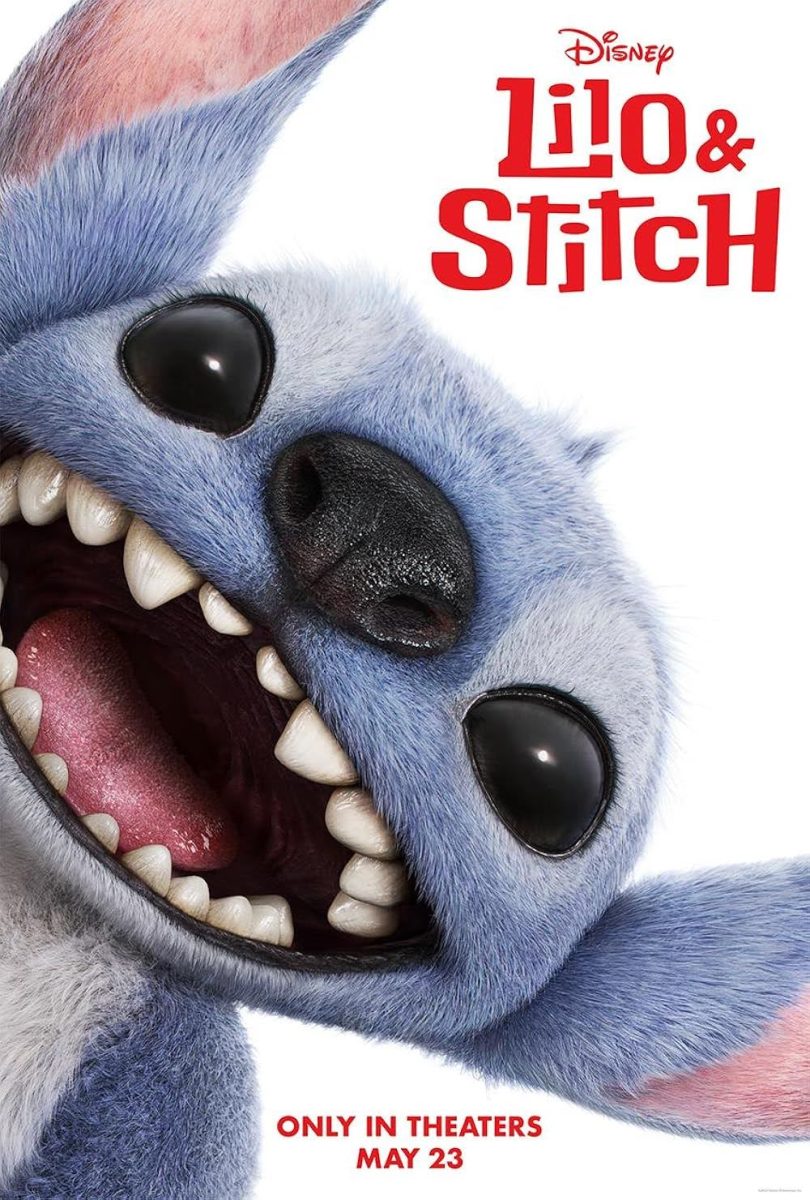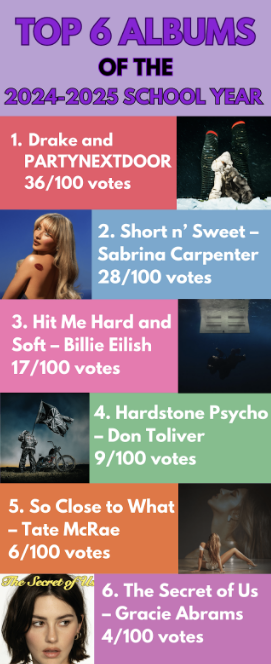Halloween might be characterized by the scramble to find a costume or to set up spooky decorations in the front yard, but this celebration used to lack the complexity of pre-made costumes and trick-or-treating vigilance.
When asked about classic Halloween costumes, most people will think of scary costumes, such as ghosts and vampires or pop culture costumes, such as celebrities and superheroes. These trends have mostly stayed the same since the 1970s, but back then, Halloween costumes were more often homemade rather than store-bought. Social studies teacher Joe Clement recalls his mother making a Cookie Monster costume for him when he was 4 years old.
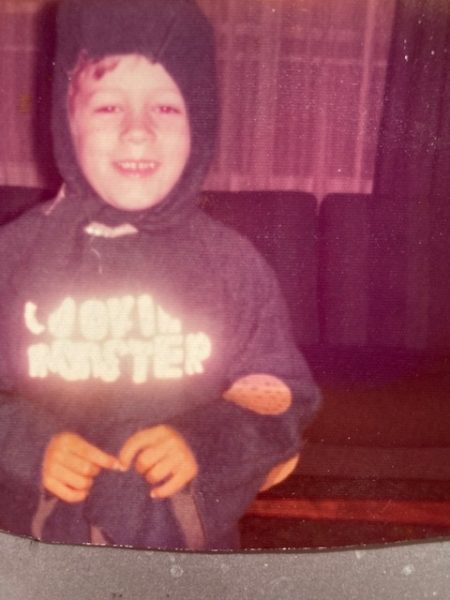
“It was basically just putting on some sort of ridiculous outfit so you could go out and collect candy from everybody,” Clement said. “That was the main thing. It was always going to be homemade, though.”
Today, it’s expected to see parents walking through the neighborhood with their young children during Halloween trick-or-treating, but parents haven’t always been aware to keep an eye on their kids.
“Normally, in second grade or third grade, my parents would just let us do our thing and walk around the neighborhood,” said social studies teacher Matthew Miles. “There was no parental involvement.”
As a child, Miles often dressed up as political figures wearing masks such as former Presidents Bill Clinton, Ronald Reagan, or George H.W. Bush. Now, he helps his children with video game and superhero costumes, which were not common in his childhood.
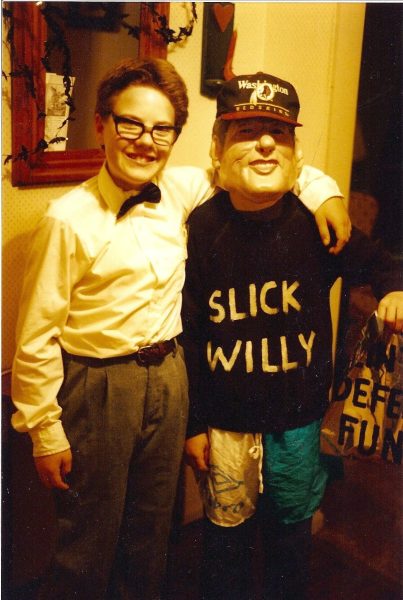
“Halloween’s always been a lot of fun,” Miles said. “Now, as I’m getting older, I’m putting my fun into my kids and they really get into it.”
While many aspects of celebrating Halloween have certainly changed over time, the motivation to dress up stayed the same for many individuals—to fit in with their peers. However, eventually the question of what to wear for Halloween extends to others as well.
“When I was a kid, you had to find a costume so you could go get the candy,” math teacher Craig Primus said. “And then, when you’re a young adult, there’s a lot of parties, so you have to find a costume so you can attend the party and not look like a fool. There was a time that we didn’t dress up at all because we were just worried about our kids and what their costume was.”
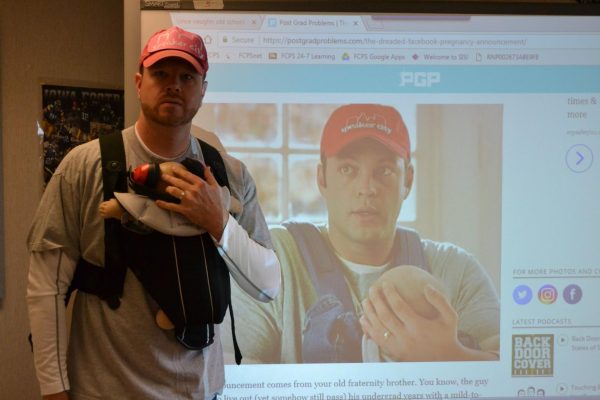
One tradition that hasn’t changed is trick-or-treating that brings millions of children and families into neighborhoods each year to celebrate with candy. For English teacher Stephanie Vu, trick-or-treating wasn’t always the same experience for her as for others.
“Growing up, I have allergies to nuts, so I did not like trick-or-treating because a lot of the time, there would be nut contaminants in there, so it wasn’t really safe,” Vu said. “I would dress up, but I wouldn’t necessarily go out trick-or-treating every year.”
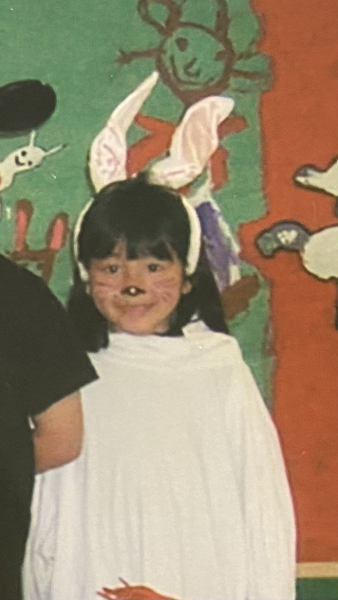
In fact, many stop trick-or-treating as a teenager because Halloween might feel like a holiday fashioned only for younger children. But that doesn’t mean that the celebration of Halloween ceases altogether, as junior Eryn Shaw believes that Halloween represents much more.
“As a little kid, you get so excited for Halloween and going trick-or-treating,” Shaw said. “But these days, it’s more just planning something with my friends. We play Halloween-themed games and eat candy. It’s something I look forward to.”
